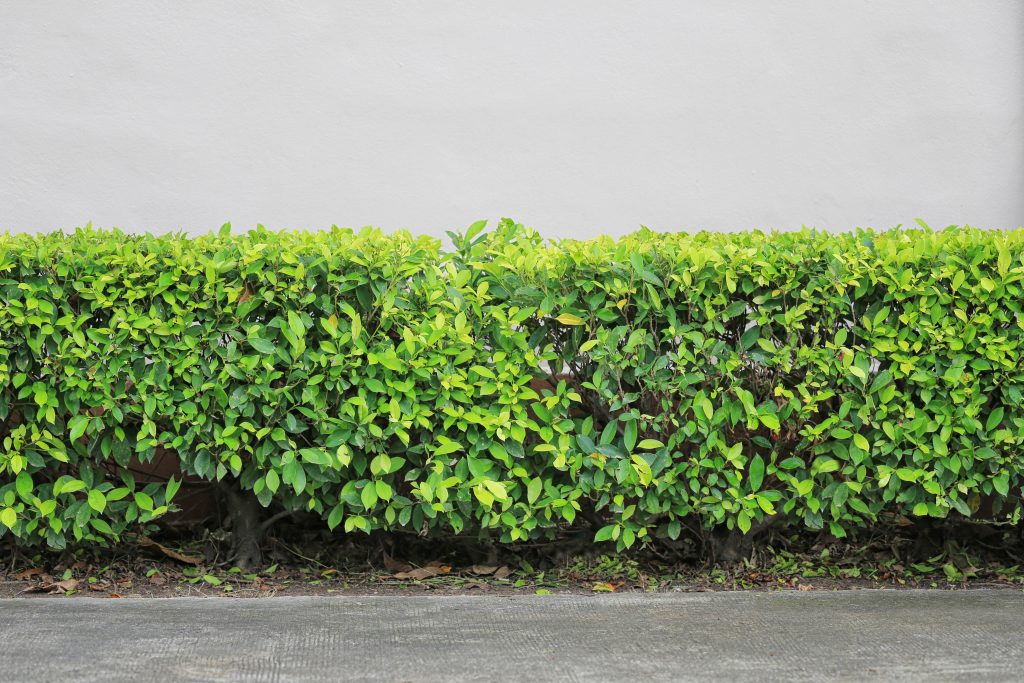As the temperature begins to drop and winter approaches, it’s important to start thinking about how to prepare your plants and flowers for the colder weather. Some people may assume that all plants will not survive the harsh winter months, but with proper care and protective measures, many can actually last through the winter and thrive in the spring. At Bengert Green Houses, we want to help you keep your plants and flowers healthy all year long. So, let’s dive into some tips for preparing your greenery for colder weather.
Types of Plants that can Survive Winter
Not all plants are created equal, and this is especially true when it comes to withstanding colder temperatures. Some plants are more resilient and can survive through winter, while others will not make it without intervention. It’s important to know which types of plants you have in your garden or home so that you can properly care for them during the colder months.
Some examples of plants that can typically survive through winter include evergreen trees, shrubs, and perennials. Evergreens, as their name suggests, maintain their green color all year long and are well-suited for colder weather conditions. Shrubs, such as holly or boxwood, also have a better chance of surviving the winter because they are hardier and can withstand colder temperatures. Perennials, like asters or daisies, can survive through the winter by going dormant and then re-emerging in the spring.


Protective Measures for Winter
While some plants may be able to withstand winter on their own, it’s always a good idea to take additional protective measures. One way to do this is by mulching around the base of your plants. Mulch helps insulate the soil and roots, keeping them warm and protected from the cold. It also helps retain moisture, which is essential for plant survival in the winter.
For more delicate plants, you may need to consider bringing them indoors or placing them in a sheltered area. This could be a covered porch, garage, or even a greenhouse. Just make sure that these areas provide enough natural light and ventilation for your plants to thrive.
Rejuvenating Your Plants in the Spring
Once winter has passed, it’s time to start thinking about rejuvenating your plants for the spring and summer seasons. Start by removing any dead or damaged branches or leaves from your trees and shrubs. This will allow for new growth to occur and promote overall health.
For perennials that have gone dormant, gently remove any remaining debris or mulch from around the base of the plant. As the weather begins to warm up, you’ll see new shoots emerge and it’s important to give them room to grow.
In addition, consider fertilizing your plants in early spring to give them a boost of nutrients for growth. Just be sure to follow instructions carefully and not over-fertilize, as this can actually harm your plants.